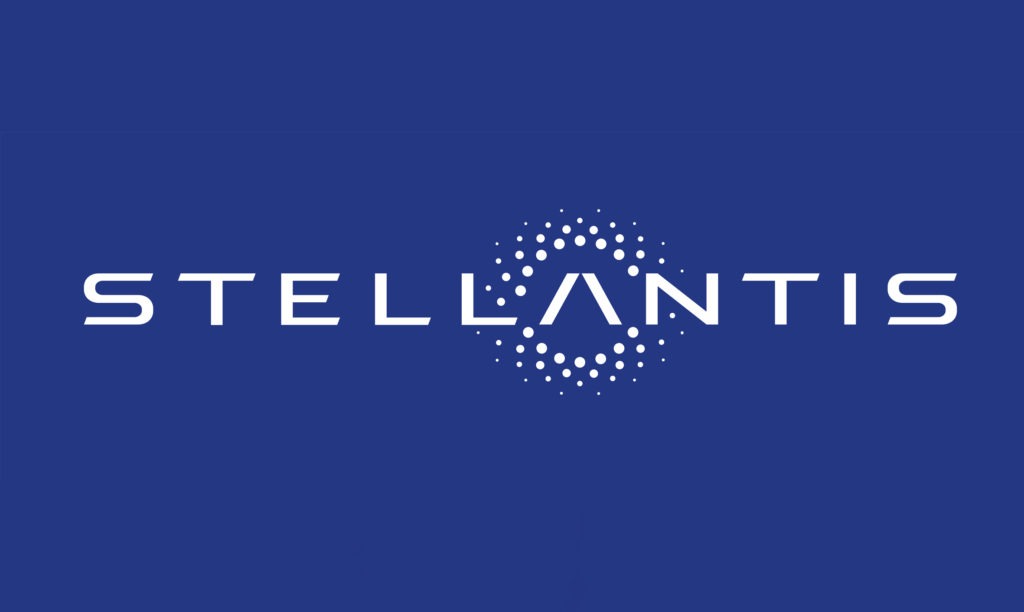Stellantis is born
18 January 2021

18 January 2021
On 16 January 2021, Fiat Chrysler Automobiles (FCA) and PSA Group officially completed their merger into new automotive group Stellantis. ′The merger between Peugeot S.A. and Fiat Chrysler Automobiles N.V. that will lead the path to the creation of Stellantis N.V. became effective today,’ Stellantis said in a statement.
The new board of directors was appointed, with PSA Chief Executive Carlos Tavares taking the reins as CEO, alongside FCA executive director John Elkann as chairman and nine other non-executive directors. Stellantis’ articles of association also came into play, which set the company’s running and administration rules regulating matters like the appointment of directors and issuing of new shares. On 17 January, the board of directors also appointed an audit committee, a remuneration committee and a governance and sustainability committee.
The new CEO is scheduled to hold a digital press conference tomorrow (19 January), after Stellantis shares began trading in Milan and Paris tody, followed by New York on Tuesday.
#Stellantis digital press conference: on 19 January 2021 at 15:40 CET / 09:40 EST, follow #CarlosTavares‘ digital press conference live âž¡ https://t.co/aEiaC262N4 and our live tweet. pic.twitter.com/CLsD43RMHp
″” Stellantis (@Stellantis) January 18, 2021
A numbers game
Excluding parts-supplier Faurecia, FCA and PSA’s combined net revenues for the first half of 2020 total approximately €51.8 billion. This figure goes some way to highlight the ravages of COVID-19 on the automotive industry in the last year.
Working with aggregated figures from 2019, Reuters calculates that Stellantis’ revenues could reach €165 billion, again excluding Faurecia. This would be based on annual sales of 8.1 million vehicles and an adjusted operating profit of roughly €12 billion. Stellantis will oversee 14 brands from PSA’s Citroen, DS, Opel, and Peugeot, to FCA’s Fiat, Chrysler, Jeep, Maserati and Alfa Romeo.
Sign-off
Early this month, the merger received backing from both companies’ respective shareholders, with 99% of votes cast in favour of the action. This green light followed the receipt of regulatory clearances from the likes of the European Commission and the European Central Bank. The Commission announced its approval on 21 December 2020, after it concluded an anti-competitive investigation into the merger.
There had been concerns that the transaction could reduce competition for light commercial vehicles (LCVs) below 3.5 tonnes in the European Economic Area (EEA) and, more specifically, in 14 EU member states and the UK.
The new company is trying to emphasise its potential to perform above its ability to expand. ′Stellantis aspires to become the greatest, not the biggest, while creating added value for all stakeholders as well as the communities in which it operates,’ it said.